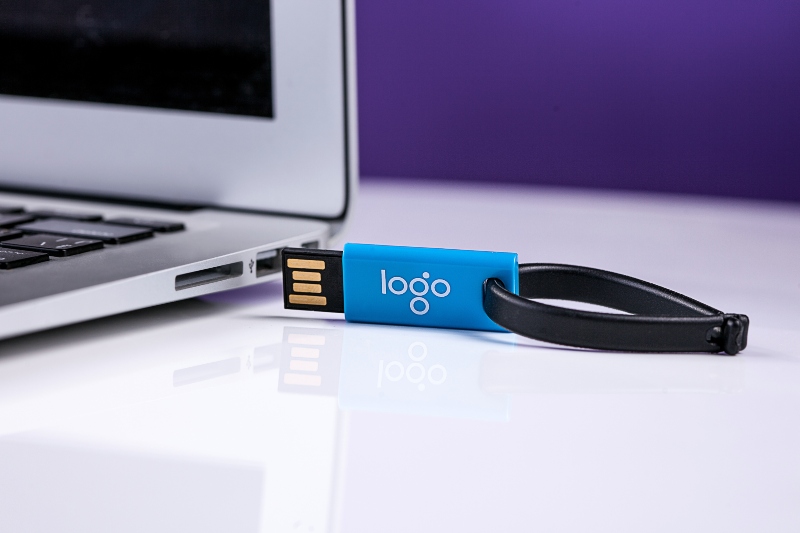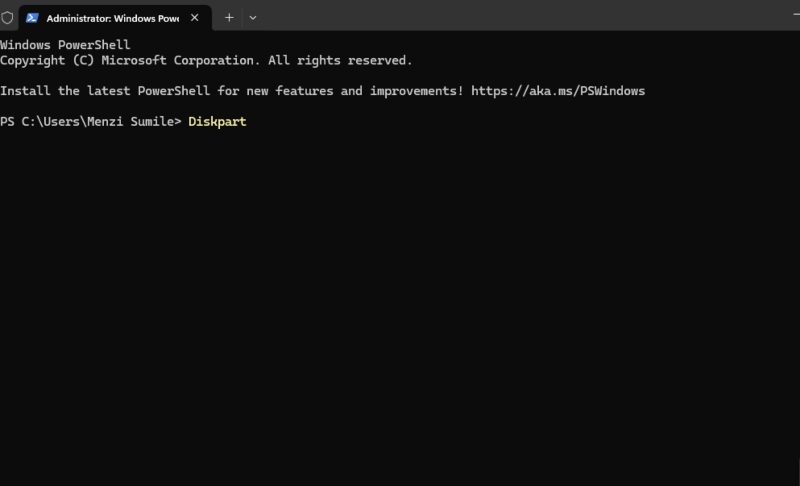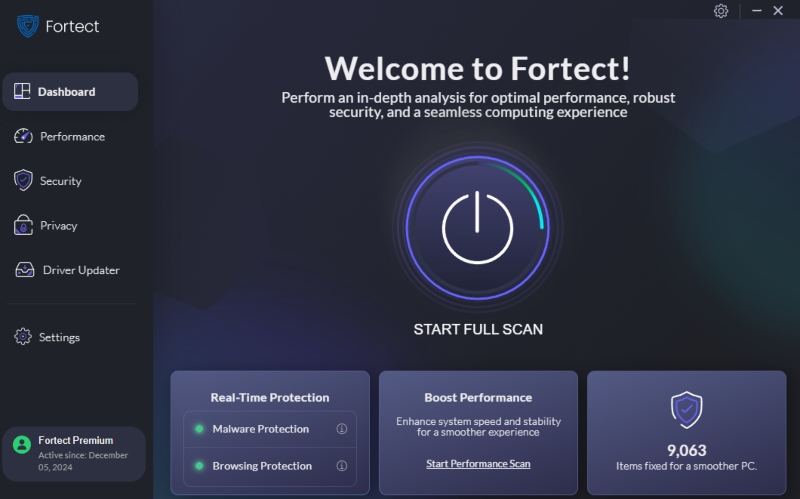How to Force Delete a Locked File in Windows 10/11
Sometimes, you may encounter a situation where a file is protected or locked, preventing you from deleting it in Windows 10/11. These printed files can be a hassle due to system restrictions, malware protection, or file permissions. We will show you effective methods to force delete a protected file in Windows 10/11.
Why Can’t I Delete a Locked File on Windows 10/11?
You might be unable to delete a file in Windows 10 or 11 for several reasons. These reasons range from file permission issues, lack of short file names, encryption, and write protection to files locked by running processes. Understanding the cause will help you determine the best way to force delete the file.
Ways to Force Delete a Protected File in Windows 10/11
Adjust File Permissions to Gain Full Access
Insufficient permissions are the most common reasons you cannot delete a file. If you don’t have administrative rights, Windows will block you from making changes to the file. Changing the file permissions can resolve this issue and allow you to delete it.
Step-by-step:
- Right-click the protected file and select Properties.
- Under the Security tab, click Edit to modify permissions.
- Select your user account and check the box next to Full Control.
- Click Apply and then OK. Now, try deleting the file again.
Unlock Write Protection on SD Card or USB Drive
If the file is on an SD card or USB drive, the device may have write protection enabled, preventing you from deleting files. Unlocking the device or removing the write protection will allow you to delete stored files.

Step-by-step:
- If you have an SD card or USB drive, locate the physical write protection switch on the device (if applicable).
- Slide the switch to the unlocked position.
- If there is a switch, you can turn off write protection through the Diskpart command in CMD
- Try deleting the file after unlocking the device.
Decrypt Encrypted Files Using Windows Tools
If the file is encrypted using WindoWindows’ built-in BitLocker or EFS (Encrypting File System), you’ll need to decrypt it before you can delete it. Encrypted files are protected by encryption keys, making them inaccessible unless decrypted.
Step-by-step:
- Right-click the encrypted file and select Properties.
- Go to the General tab and click Advanced.
- Uncheck the box labeled Encrypt contents to secure data.
- Click OK and then try deleting the file again once it’s decrypted.
Release Locked Files with File Unlocking Software
Some files, especially executable (.exe) files, are protected because other processes use them. File lock software can help unlock and release these files so that they can be deleted.
Step-by-step:
- Download and install file lock software such as LockHunter or Unlocker.
- Launch the software and navigate to the locked file.
- The software will show which process is locking the file. You can then choose to unlock or delete it directly.
- After releasing the file, try deleting it again.
Remove Write Protection Using Command Prompt (CMD)
If the file is protected by write protection, it can prevent deletion. Using the Command Prompt (CMD) with the Diskpart utility allows you to remove write protection and force delete the file.

Step-by-step:
- Press Windows + X and select Command Prompt (Admin).
- Type Diskpart and press Enter to open the Disk Partition tool.
- Type list disk to display all connected disks.
- Type select disk X (replace X with your disk number) and press Enter.
- Type attributes disk clear read-only and press Enter to remove write protection.
- Close CMD and try deleting the file again.
Delete Files After Removing File Protection
Once you have any protection or restrictions preventing file deletion, the next step is to delete the file. If you followed the methods above and have successfully unlocked or decrypted the file, deleting it should be straightforward.
Step-by-step:
- Right-click the file and select Delete.
- If the file still refuses to delete, you can try using Shift + Delete to permanently remove it without moving it to the Recycle Bin.
- Alternatively, you can use a file cleaner tool like CCleaner to force delete stubborn files that refuse to go.
Conclusion
Dealing with protected files in Windows 10/11 can be frustrating, but following the abovementioned methods can force delete files quickly. There are many ways to resolve file protection issues, whether resolving file permissions, unlocking a storage device, decrypting files, or using specialized software.
If you encounter persistent problems or other file system issues, consider using a reliable tool like Fortect to scan and fix underlying system errors automatically. This can help optimize your PC and ensure smooth file management.





